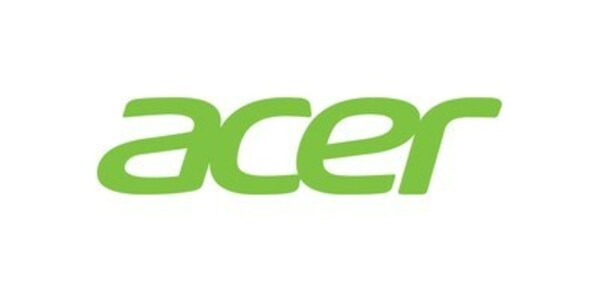Qualcomm, MediaTek and UNISOC seize the $38.7 billion global baseband market
 2020-08-28
2020-08-28
 UNISOC Technologies Co., Ltd
UNISOC Technologies Co., Ltd
SHANGHAI / ACCESSWIRE / August 26, 2020 / Recently, Counterpoint released "Cellular Technology Transitions and Potential for SoC Players". The report puts forward that the 5G wave is an inevitable trend and the global baseband market sales will exceed $38.7 billion by 2024! The global handset baseband manufacturers have unique advantages in the future 5G network transition process.
According to the report, 5G handset shipments are expected to reach 1.16 billion units in 2024, with a CAGR of 137 percent, accounting for 70 percent of total handset shipments. From the perspective of chip suppliers, 5G chips are more complex and with higher threshold. At present, independent chip suppliers are still dominated by Qualcomm, MediaTek and UNISOC.


The research points out that Qualcomm is offering an end-to-end portfolio from SoC, modem, complete RF Front End (RFFE) to antenna supporting both sub-6GHz to mmWave. This portfolio is ahead of its competitors from a feature-set to a commercial availability perspective. It has captured more than half of the 5G market share. MediaTek is also ramping up its Dimensity 5G series.
And another chip supplier, UNISOC announced its first 2G/3G/4G/5G multi-mode modem V510 at MWC 2019. The 3GPP Rel.15 compliant 5G modem supports both standalone (SA) and non-standalone (NSA) networks, as well as 5G VoNR in SA mode, fitting well into the different stages of 5G development. Together with Hisense, UNISOC successfully commercialized its first generation 5G platform, with the UNISOC V510 powering the Hisense F50 smartphone.
Last November, UNISOC V510 modem was awarded the 2019 World Electronics Achievement Award, helping UNISOC further establish a solid foundation as a leading 5G solution provider.
In February this year, UNISOC unveiled its next-gen 5G SoC platform - the T7520. Utilizing a more advanced 6nm EUV process, which has 18% higher transistor density and 8% lower power consumption versus current 7nm processes, the T7520 offers compelling performance package with improved power consumption.
Its optimized multi-core design incorporates four Cortex-A76 and four Cortex-A55, a Mali-G57 based GPU, an upgraded NPU, as well as enhanced multimedia processing units to enable capabilities of 100MP and multicamera processing, up to 120Hz refresh rate and multi-screen displays.
The T7520 also showed significant improvements in terms of 5G experiences, with the support of 5G NR TDD+FDD carrier aggregation, LTE and NR spectrum dynamic sharing, and uplink and downlink decoupling. Importantly, with its innovative 5G super uplink technology, the T7520 can enhance coverage by more than 100%, increase uplink speeds by up to 60% and improve peak downlink speeds to more than 3.25Gbps under SA mode. All of these advanced features make the T7520 highly competitive with mainstream platforms targeting high-specsmartphones.
In addition, Counterpoint also points out in the report that 5G not only sets off a wave of smartphone upgrading, but also brings great opportunities in some segments that are easily ignored by the industry.
Media Contact:
UNISOC Technologies Co., Ltd
Miranda Wu - UNISOC PR Team
E-mail: mengran.wu@unisoc.com
Website: http://www.unisoc.com
SOURCE: UNISOC Technologies Co., Ltd





